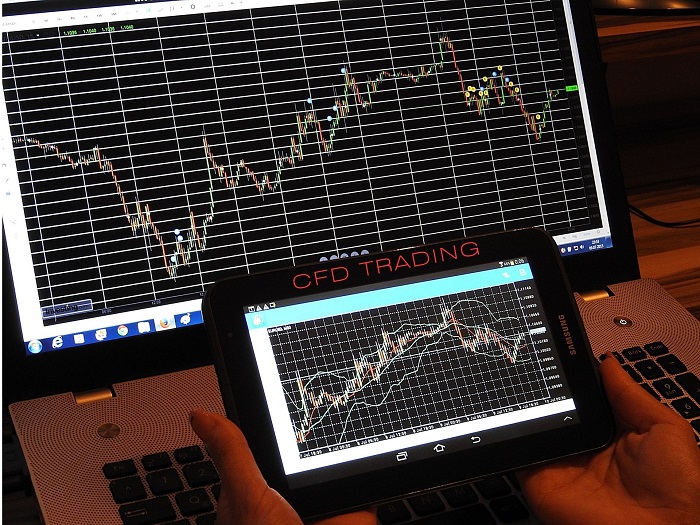As financial markets evolve, Contract for Difference (CFD) trading remains a popular choice for investors seeking flexibility and the potential for leveraged gains. However, with changing regulations, tax considerations and market conditions, understanding the UK-specific landscape for CFD trading is crucial in 2024.
This guide covers essential factors, equipping you with the knowledge needed to make informed decisions. Here’s what you should consider if you’d like to know more.
Understanding CFD trading in the UK
CFD trading lets traders speculate on price movements of assets (e.g. stocks, commodities and forex) without owning them.
Traders can go long (buy) if they expect prices to rise or short (sell) if they predict a fall. A key advantage is leverage, allowing them to open larger positions with a smaller initial investment, though this magnifies both gains and losses. CFDs also enable trading on margin, freeing capital for other trades.
Regulation and risk management
Understanding UK-specific regulations is crucial, as the Financial Conduct Authority (FCA) governs this market to protect retail traders. It imposes strict rules on leverage limits and requires brokers to provide clear warnings to reduce excessive risk.
To manage these, stop-loss orders should be used to limit potential losses automatically and set conservative leverage ratios to avoid overexposure. It’s also wise to trade with FCA-regulated brokers, ensuring adherence to UK standards and client fund protection.
Tax implications of CFD trading in the UK
CFDs are generally exempt from stamp duty since traders don’t own the underlying asset. This makes them appealing to those seeking tax efficiency.
However, any profits are subject to capital gains tax (CGT), currently applicable to gains above the annual tax-free allowance. This tax treatment contrasts with traditional share trading, where stamp duty is charged on asset purchases.
Understanding these tax implications is vital for effective financial planning, as using CFDs can reduce transaction costs while requiring careful management of CGT liabilities on profitable trades.
Choosing the right platform and tools
When selecting a reliable CFD trading platform, look for an FCA-regulated provider to ensure security and compliance.
Essential tools include real-time market data for accurate decision-making, charting software to track price movements and robust technical analysis features for spotting trends and patterns. The platform should also offer a user-friendly interface and risk management features like stop-loss orders. Access to educational resources and a demo account is beneficial for practice.
Changing Approach for a Market-Changing Dynamic
For CFD traders, being updated is crucial given changing economic circumstances and geopolitical factors affecting markets. Trading judgments may be much improved by routinely monitoring financial news and knowing macroeconomic variables as inflation rates, interest rates, and changes in currencies. Traders should also take into account using a flexible approach that lets them react fast to developments in the market. Diverse asset classes—such as indices, commodities, and forex—can help to balance risk exposure by thus lowering dependence on a single market. Moreover, interacting with the trading community or following credible financial research will provide new ideas and viewpoints. Remaining alert and flexible will help traders to position themselves to negotiate the complexity of the CFD terrain in 2024.










Leave a Reply